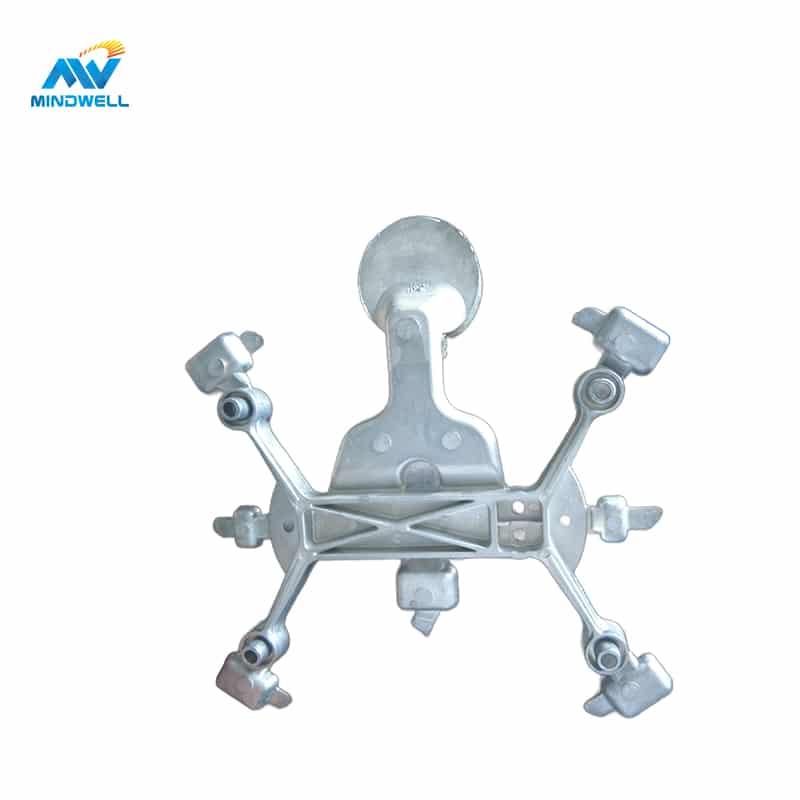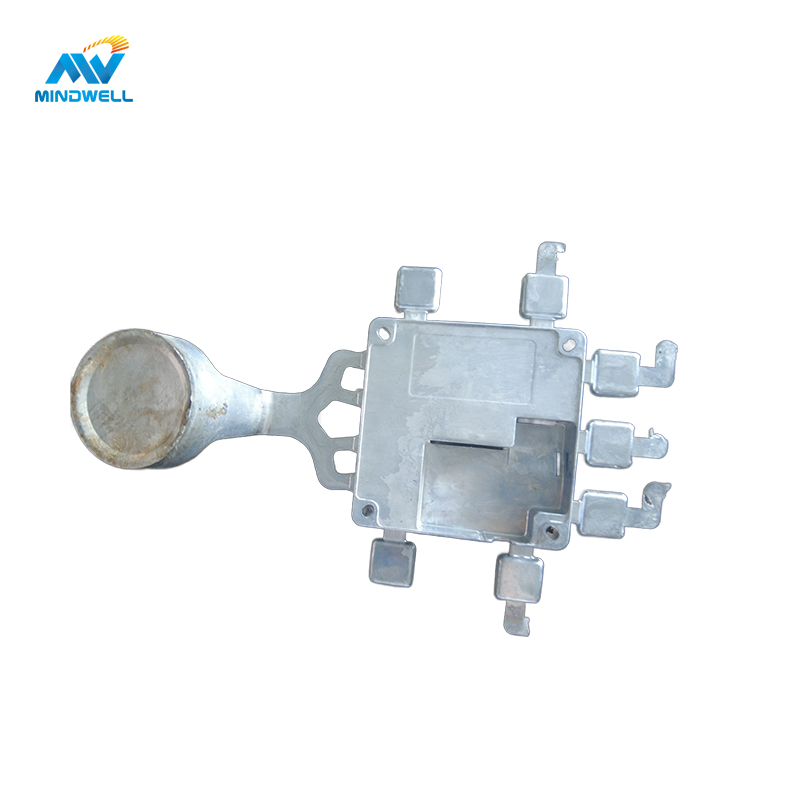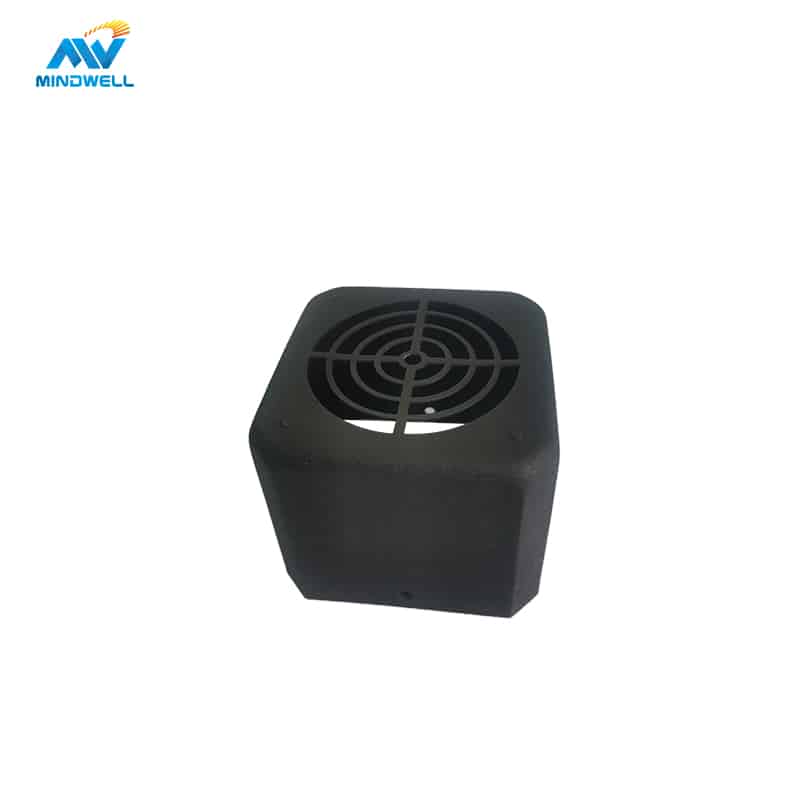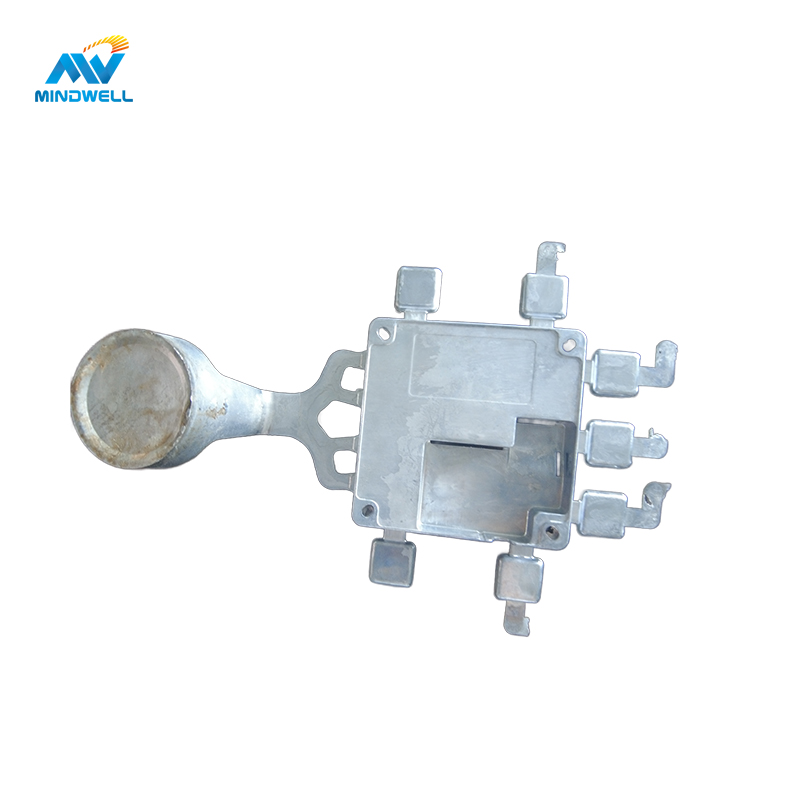The aluminum alloy burr is unavoidable, and there are several methods for dealing with it at the moment. Burrs are unavoidable throughout the die-casting manufacturing process due to variables such as pressure shock and inadequate clamping force. With the rising quality standards of die-casting components in recent years, the criteria for burrs have been more strict, and new ways of deburring have emerged in an unceasing stream. The most difficult step is deburring. The following is a discussion of the benefits and drawbacks of various deburring methods for die castings, which will assist you in better understanding various deburring methods and selecting the best deburring method based on your needs.
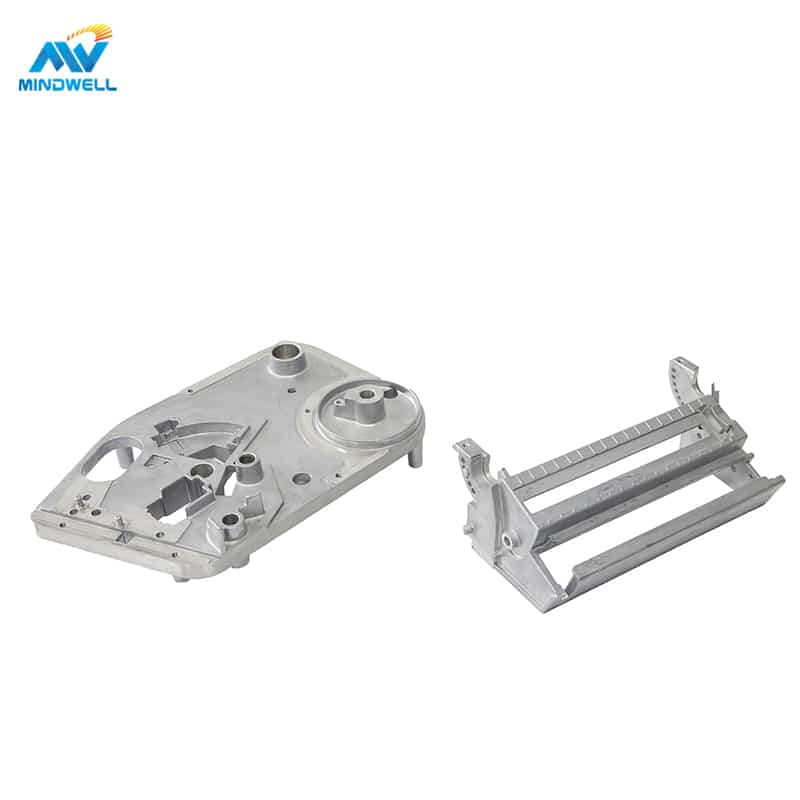
- Manual deburring
This is the most conventional and widely used process in die-casting companies, including auxiliary instruments such as files (including artificial files and pneumatic files), sandpaper, belt machines, grinding heads, and so on. Disadvantages: labor expenses are high, efficiency is low, and intricate cross holes are difficult to remove. Applicable objects: Aluminum alloy die-casting components with tiny burrs and a basic product structure are not difficult to produce.
- Die deburring
Deburring is done with the manufacturing die and the punching machine. Disadvantages: It necessitates the manufacturing of a punching die (rough die + fine punching die) and may necessitate the creation of a shaping die. Suitable for aluminum alloy die-casting components with relatively easy parting surfaces, with more efficiency and deburring result than manual work.
- Grinding and deburring
Vibration, sandblasting, rollers, and other technologies are now employed in die casting plants for deburring. Disadvantages: The removal is not particularly clean, thus it may be required to manually deal with remaining burrs or collaborate with other ways to remove burrs.
Applicable objects: Suitable for small aluminum alloy die-casting parts with large batches.
- Deburring by freezing
Cooling quickly embrittles the burrs, which are subsequently removed by spraying bullets. The equipment costs between 200,000 and 300,000 yuan. Objects that can be used: Suitable for aluminum alloy die castings with fine burrs and thin walls.
- Thermal deburring
It’s also known as thermal energy deburring and explosion deburring. Insert a combustible gas into an equipment furnace, then let the gas to burst instantaneously due to the action of some media and circumstances, and use the energy created by the explosion to dissolve and remove the burr. Disadvantages: costly equipment (millions of dollars), high technical requirements for operation, limited efficiency, side effects (rust, deformation); suitable objects: mostly employed in high-precision components areas like as automotive and aerospace.
- Engraving machine deburring
The cost of the equipment is not prohibitively high (tens of thousands of dollars). Suitable for basic space structure and simple and regular deburring position.
- Chemical deburring
The deburring procedure on metal components may be accomplished automatically and selectively using the electrochemical reaction concept. Applicable object: suited for difficult-to-remove internal burrs, suitable for tiny burrs (thickness less than 7 wires) on pump bodies, valve bodies, and other items.
- Electrolytic deburring
An electrolytic processing procedure used to remove burrs from aluminum alloy die-casting. Burrs in concealed areas of cross holes or components with complicated forms in aluminum alloy die castings can be removed by electrolytic deburring. The production efficiency is good, and deburring time is often in the tens of seconds. Disadvantages: Because the electrolyte is corrosive to some extent, and the sections surrounding the burrs are also electrolyzed, the surface loses its original sheen and even affects dimensional accuracy. After deburring, aluminum alloy die castings should be cleaned and rust-proofed. Suitable object: It is useful for deburring gears, connecting rods, valve bodies, and crankshaft oil passage holes, as well as rounding sharp edges.
- High pressure water jet deburring
Using water as the medium, employ its quick impact to remove burrs and flashes after processing while also achieving the cleaning goal.
The disadvantage is that the equipment is pricey.
Typical applications include the heart of vehicles and hydraulic control systems in engineering machines.
- Ultrasonic deburring
To remove burrs, ultrasonic waves produce sudden high pressure. Applicable objects: mostly for some tiny burrs; normally, if the burrs must be examined under a microscope, ultrasonic procedures can be used to remove them.
- Abrasive flow deburring
It is tough to deal with hole burrs with conventional vibration grinding. Typical abrasive flow processing method (two-way flow) forces the abrasive through two vertically opposed abrasive cylinders, causing it to flow back and forth in the channel created by the workpiece and the fixture. Any confined space through which abrasive material enters and flows will provide an abrasive effect. The extrusion pressure is adjustable from 7 to 200 bar (100 to 3000 psi), making it suited for a variety of strokes and cycle times. It can handle 0.35mm microporous burrs without secondary burrs, and the fluid properties can manage burrs in difficult situations.
- Magnetic deburring
The magnetic grinding process is governed by a strong magnetic field, in which magnetic abrasives are arranged along the magnetic field lines, adsorbed on the magnetic poles to form “abrasive brushes,” and generate a certain pressure on the workpiece’s surface, while the magnetic poles drive the “abrasive brushes.” Maintain a particular distance and travel over the surface of the workpiece as the “brush” rotates to complete the finishing process of the workpiece’s surface.
Low cost, wide range of processes, simple operation
Grinding stone, magnetic field intensity, workpiece rotation speed, and so on are all process components.
- Robot grinding unit
The idea is the same as hand deburring, only the power is transferred to a robot. Flexible grinding (change of pressure and speed) is accomplished with the help of programming technology and force control technology, and the benefits of robot deburring are highlighted.


